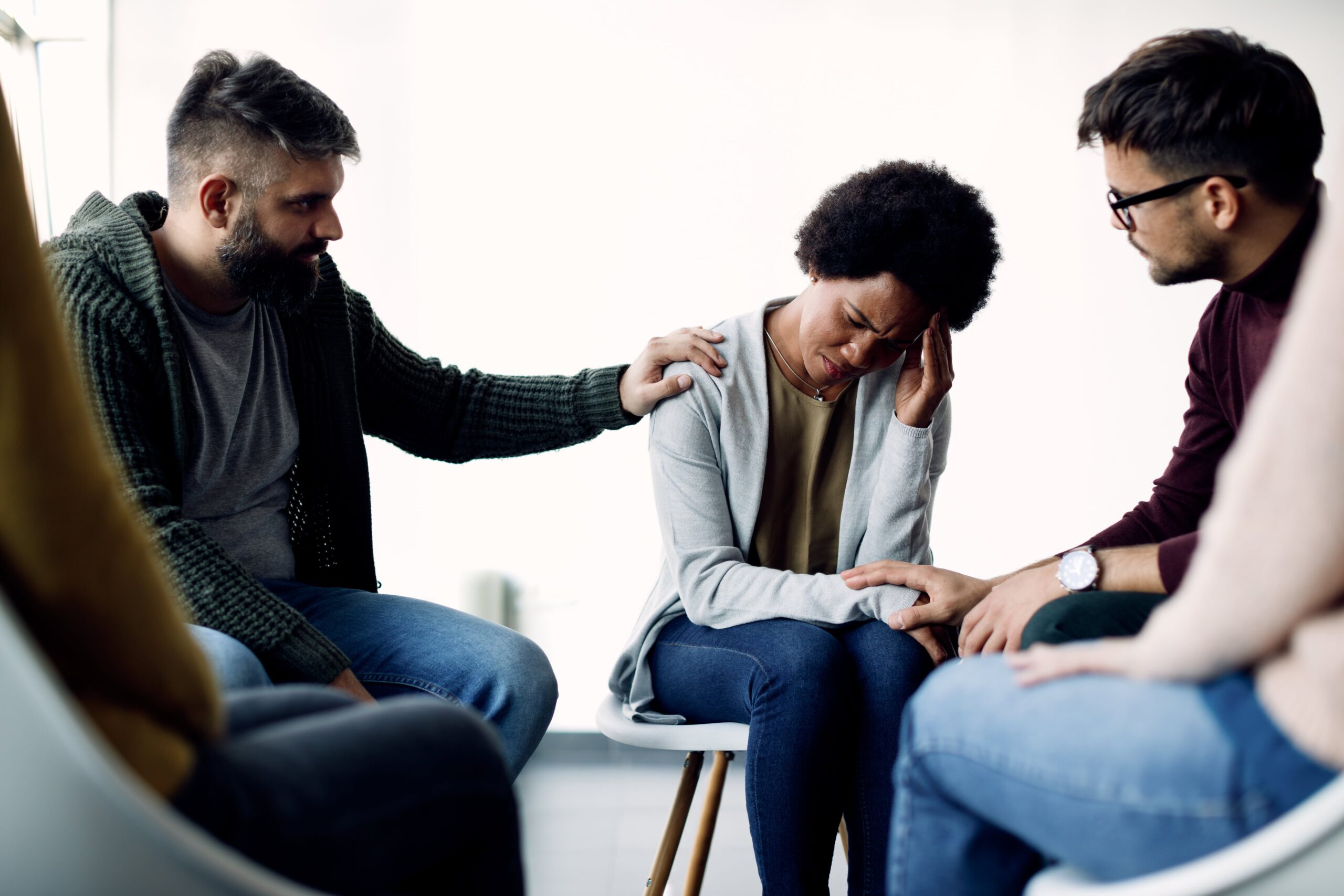Opiates are highly addictive drugs used to treat pain after surgery, pain from injuries, or to address chronic health conditions. Even when taken as prescribed, people can still develop a dependence on and addiction to them from long-term use. Opiates are also used illegally to get high and experience euphoria. Therefore, it is important to recognize the signs of opiate addiction to know when to seek professional help.
Understanding Opiates
Opiates are drugs that are derived from the opium poppy plant naturally. They include heroin, codeine, opium, and morphine. The term opiates is also used interchangeably with opioids. However, opioids are drugs that are partial synthetic drugs or full synthetic drugs, such as fentanyl, methadone, oxycodone, and hydrocodone.
When taken, these drugs bind to opiate receptors in the brain and central nervous system to block pain signals. They also increase the release of endorphins, namely dopamine, which is related to feelings of pleasure and euphoria. As a result, continued use can reinforce using opiates as a positive behavior.
Risk Factors for Opiate Addiction
While anyone can become addicted to opiates, certain risk factors could increase the risk of addiction. Genetics is one risk factor because if someone has addiction issues, it can increase the risks for other family members.
Another risk factor is mental health issues. People may self-medicate using opiates to treat their mental health symptoms. A third risk factor is the ease of access to opiates. When there is easy access to the drugs, someone may want to try them.
Chronic pain is another risk factor for some people. They may seek out opiates to relieve their pain, not aware of the dangers of becoming addicted.
What Are the Classic Signs of Opiate Addiction?
There are several classic signs of opiate addiction to be aware of to help people determine when they have a drug problem. The extent of symptoms does vary based on the frequency and duration of use and the dosage taken.
Physical Dependence and Withdrawal Symptoms
Physical dependence is when a person believes they need opiates just to function. They can no longer go about their day without being under the influence. They will also experience withdrawal symptoms when opiates wear off. This leads to signs of opiate addiction relapse, meaning they take more opiates to get the symptoms to stop.
What Are the Signs of Opiate Withdrawal?
The signs of opiate withdrawal can include:
- Hot and cold flushes
- Cravings for opiates
- Uncontrolled shaking
- Tremors
- Runny nose, watery eyes, and frequent sneezing
- Sleep disturbances
- Frequent yawning
- Flu-like symptoms
- Irritability
- Anxiousness
The symptoms usually dissipate once someone takes another dose of opiates.
Increasing Tolerance to Opiates
The body builds a tolerance to opiates the more they are used and the longer they are taken. As tolerance builds, the pleasurable and euphoric effects diminish. People can also perceive that their pain does not lessen. However, the drug is still working. Unfortunately, this can lead to people self-medicating and taking larger doses than prescribed.
Opiates Cravings and Compulsive Use
Two more classic signs of opiate addiction are cravings for the drug and compulsive use. If they stop using the drug or it wears off, cravings drive them to use the drug again and again. Their compulsive use becomes the top priority, regardless of the negative impacts it has on their life. As a person sinks slowly into addiction, the only thing that matters is obtaining and using opiates.
Changes in Physical Appearance and Hygiene
Another classic sign of opiate addiction is changes in physical appearance. Opiates cause a decrease in appetite, so weight loss is common. Another physical change is a lack of personal hygiene. The person may wear dirty clothing, not bathe, or brush their teeth.
Denial and Defensiveness About Using the Drug
It can be difficult for people to admit when they are addicted to opiates. Many people will first go through denial because they believe they have their opiate use under control. They can also become defensive about their drug use when questioned by loved ones.
Doctor Shopping and Prescription Forging
Doctor shopping and prescription forging are common when someone is addicted to prescription opiates. They may visit multiple doctors in different cities to obtain multiple prescriptions. They can also steal prescription pads and attempt to forge their own opiate prescriptions.
Behavioral Changes and Mood Swings
Behavioral changes, such as isolating away from others or losing interest in hobbies and activities, are common. People will also experience mood swings, become irritable, and may experience opiate rage. Opiate rage is when someone becomes angry, aggressive, or violent while under the influence of the drug.
Additional Signs and Symptoms of Opiate Addiction
- Neglecting responsibilities and obligations
- Financial problems and unexplained expenses
- Social isolation and relationship issues
- Decline in work or school performance
- Loss of interest in hobbies and activities
- Secretive or deceptive behavior
- Health issues and frequent hospital visits
Recognize the Signs of Opiate Addiction and Get Help Today
By recognizing the signs and symptoms of opiate addiction, it can be the catalyst that encourages people to seek help. At Ohio Addiction Recovery Center, we offer comprehensive, gender-specific, and personalized opiate detox and addiction treatment programs. Our goal is to help people regain control over their lives and break free from opiate addiction. Contact us today to discover the road to a brighter, substance-free future.






